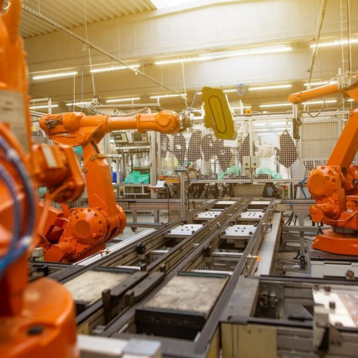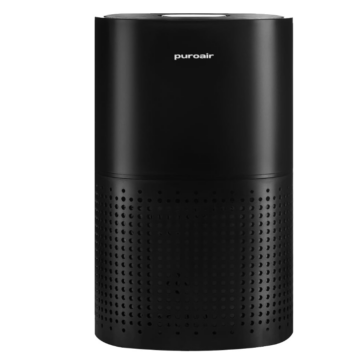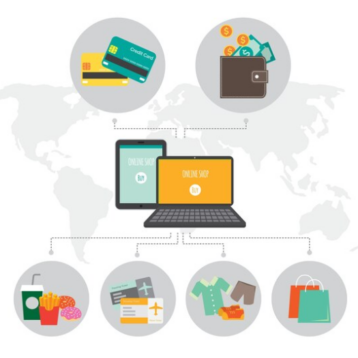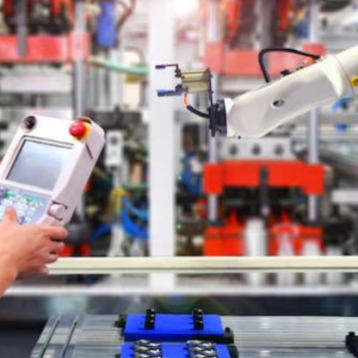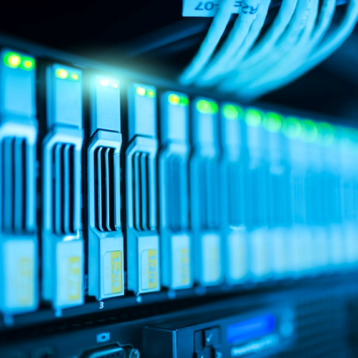
Nowadays we are more and more online and, logically, marketers have hurried up to reach their audiences at the places where they currently hang out. Printed media was declared to have a 16% decline in incomes in comparison with mobile applications.
In 2011, it was the first time in the USA media history, when profit from television advertising has turned out to be less than in the online area. It was a nice time for Google, as he could be said a monopolist, owning almost 88% of the market. The situation is not so much different now, this search engine is still number one in search advertising, while Facebook is keeping lead positions in for digital media advertising.
What does it have to do with programmatic display ads?
Let’s study some statistics: over 60% of all display ads were programmatic in 2016, it is expected that this number will reach 85-90% for 2020 and something like 60-65% of video ads.
By the way, what programmatic is about?
To cut long story short, this technology is used to buy digital media according to certain data in a real-time mode.
Before the marketers have come to it, all the mess was performed almost manually: the ads were bought or sold by humans. The difference if the current approach is in the absence of the human factor. The process here is automated, complex machine learning algorithms are included that optimizes the process and makes it faster, cheaper and more effective as human errors are absolutely excluded.
Implementation of behavioral and demographic data is twice winning for Advertisers:
- the ads become more targeted;
- the process is more reliable and cheaper.
One more benefit, deserves being mentioned here, is that after deep more precise targeting Advertiser finally stop shooting in the dark and talk to those who are really interested in them. As a result, less irritation is generated, more positive deals and conversions can be counted.
One of the ways it all becomes possible is RTB technology. When a visitor gets on the websites, Publisher informs about a new user, and Advertisers start bidding who should show the ad. As the process is extremely quick, everything goes during the time of page loading. No changes are seen from the user’s side, the only difference can be caught in higher pertinency of the ads.
How to get max from programmatic display advertising?
Programmatic itself doesn’t promise success your campaign, the same as Nikon doesn’t make its buyer a professional photographer.
Good results are gained in case optimization work is done. Pieces of information from cookies and web-statistics are good, but having a complex picture is much better and wiser. All separated sources of information should be united into one central system to have a clear and honest understanding of what is happening, where weak points are and what should be done for corrections.
Data for consideration may include the following points:
- location;
- landmarks with attaching to the profile;
- time for consuming videos;
- purchases made both from online and offline sources;
- any other data that can be gathered from the sources above.
Generally, DMP (Data Management Platform) is used to handle all that unstructured data. All the gathered and analyzed information can later be used in your campaign to launch personalized and relevant email campaigns, social platforms or for creating targeted media ads as well.
As you can see, programmatic releases marketers from boring and routine work and gives more time to develop creative and effective campaigns that are based on statistics and analytics, to get more income from dollars spent on advertising.
It is not a dream anymore – contact us to get more information about the subject matter and get a consultation.

